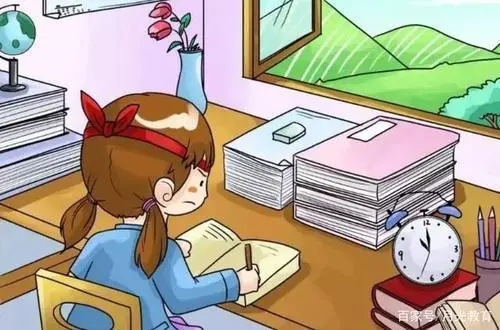China Implements "Double Reduction" Policy, Disrupting the Hundred-Billion-Dollar Tutoring Industry
In July 2021, China's State Council and the Ministry of Education launched the sweeping "double reduction" policy nationwide, aiming to alleviate the burden on students by cracking down on for-profit tutoring, a move that decimated the business models of education technology giants like New Oriental and TAL Education.
CHINA,ECONOMY
global n press
7/23/20211 min read


In July 2021, China's State Council and the Ministry of Education launched the sweeping "double reduction" policy nationwide, aiming to alleviate the burden on students by cracking down on for-profit tutoring, a move that decimated the business models of education technology giants like New Oriental and TAL Education.
The General Offices of the CPC Central Committee and the State Council jointly released the "Opinions on Further Reducing the Burden of Homework and Off-Campus Training for Students in Compulsory Education," known as the "Double Reduction" policy. The stringent policy banned off-campus tutoring on weekends and during school breaks for core subjects and, crucially, prohibited companies offering such services from raising capital through IPOs. This sudden and harsh regulatory move led to a catastrophic stock market crash for listed Chinese education tech companies in the U.S. and Hong Kong, wiping out hundreds of billions of dollars in market value.
This policy shift was widely interpreted as a major signal of China's intent to strengthen social equity, enhance ideological control, and limit the "disorderly expansion" of capital in certain livelihood sectors. From the conservative viewpoint of global capital markets, the regulatory crackdown dramatically elevated policy risk in specific Chinese sectors, forcing international investors to fundamentally reassess their investment thesis for Chinese tech and education stocks. It accelerated the weighting of "political risk premium" in global capital allocation decisions and sparked global reflection on educational equity and the limits of capital intrusion into public services.




